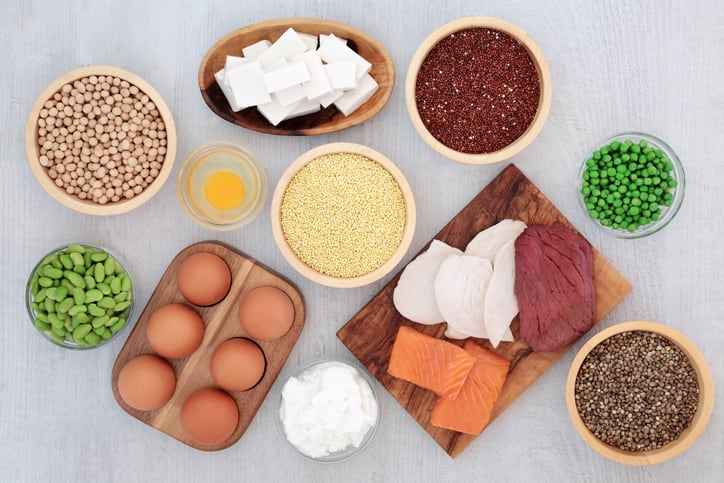According to the study published in 'Nutrients', Vitamin D deficiency is among the most neglected major public health problems worldwide. Food provides a relatively small proportion of the vitamin D supply, while vitamin D produced in the skin from UVB light makes the greatest contribution, however adequate sunlight exposure can be a challenge, especially during the winter.
To ensure that individuals consume adequate vitamin D, irrespective of their exposure to sunlight, the Institute of Medicine (IOM) and the European Food Safety Authority (EFSA) set the adequate intake for vitamin D based on assumed low sun exposure and the intake needed in order to achieve a serum 25(OH)D of ≥50 nmol/L.
However only few foods naturally contain significant amounts of vitamin D and they are mainly animal derived - oily fish, meat, dairy, and eggs - so shifting to more plant-based diets is likely to further aggravate the risk of deficiency, the authors state.
The current study simulated the shifts needed within a Dutch “model diet” to overcome vitamin D shortfalls, as well as the consequences for calorie intake and carbon emissions. In addition, dietary shifts were modelled by extending the diet with fortified milk, bread, and vegetable oils optimising for vitamin D, as well as the vitamin D and carbon footprint combined.
The research concluded that the baseline diet provided about one fifth of the adequate intake of vitamin D from natural food sources and voluntary vitamin D-fortified foods. When optimising this diet for vitamin D, these food sources together were insufficient to meet the adequate intake required, unless the carbon emission and calorie intake were increased almost 3-fold and 2-fold, respectively.
When vitamin D-fortified bread, milk, and oil were added as options to the diet, along with increases in fish consumption, and decreases in sugar, snack, and cake consumption, adequate intakes for vitamin D and other nutrients could be met within the 2000 kcal limits, along with a relatively unchanged carbon footprint.
Essentially, the report says an unrealistic increase in animal source foods and an increase in carbon footprint is currently needed in order to meet the adequate vitamin D intake, unless more foods are fortified.
The report concludes that "it is impossible to obtain adequate vitamin D through realistic dietary shifts alone, unless more vitamin D-fortified foods are a necessary part of the diet".
A 10% reduction in carbon emissions while meeting the nutrient recommendations was feasible when shifting the intake of popular products such as meat, dairy, sugar, snacks, cakes, and non-alcoholic drinks more towards fish, fruits, nuts, vegetables, and eggs. However, the authors say these dietary changes may be less acceptable or realistic because meat, fish, eggs, and dairy products provide important sources of calcium; iodine; zinc; iron; and vitamins B2, B3, B5, B6, B12, and D.
Source: Nutrients
"Adequate Vitamin D Intake Cannot Be Achieved within Carbon Emission Limits Unless Food Is Fortified: A Simulation Study"
https://doi.org/10.3390/nu13020592 (registering DOI)


